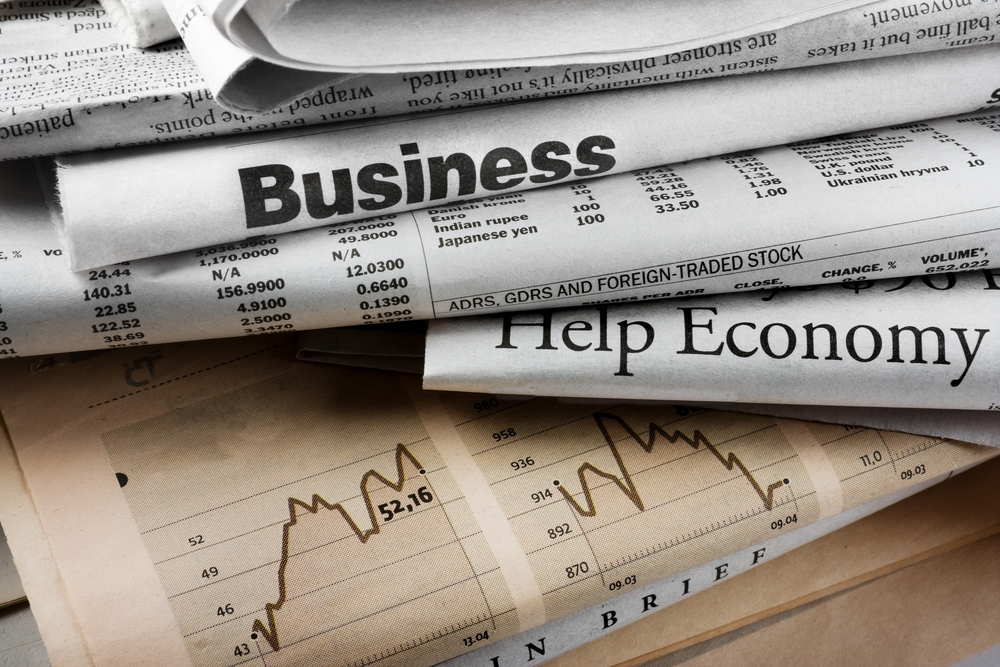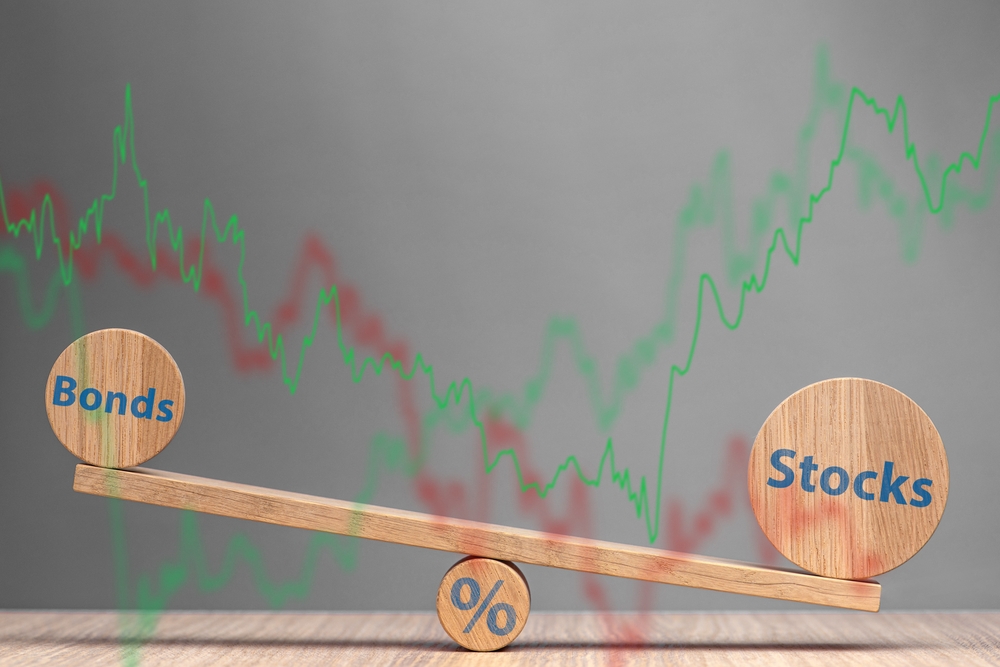
Economic news is a fundamental tool in investing that goes beyond mere numbers. It tells stories about the state of the economy, central bank decisions, and market sentiment. If an investor understands this information correctly, they can uncover both opportunities and risks. In this article, we’ll take a closer look at which news is worth following and how to use it most effectively.
Macroeconomic Indicators
Let’s start with the essentials. Macro data—such as GDP, inflation, unemployment, or retail sales—tells you how the economy is performing overall. If GDP is growing and inflation is under control, it creates a favorable environment for stocks. On the other hand, high unemployment or declining industrial production may signal a slowdown, which the market tends to react to with a downturn. These indicators are often the first signal that something is happening, which is why regularly tracking them is the foundation of a successful investment strategy.
Central Bank Decisions and Monetary Policy
However, markets don’t react to macro numbers in isolation. The real impact comes when central banks enter the picture. Their decisions on interest rates, quantitative easing, or tightening monetary policy can shift the entire direction of markets. The rhetoric of central bank officials also plays a key role, as their statements often hint at what to expect in the near future. Simply following the decisions is not enough—it's essential to understand what is being communicated and why.
Financial Markets as a Mirror of Expectations
Economic news is instantly reflected in market movements, but it’s important to know that markets are driven not by reality, but by expectations. For example, if an interest rate hike is anticipated and it actually happens, the market reaction may be muted or even positive if the hike is seen as moderate. This is where tools like bond yields, stock indexes, commodity prices, and exchange rates come into play. Each of these assets reacts differently, but together they paint a picture of how investors currently perceive economic reality.
Geopolitics and Unpredictable Events
Even the most perfect model can’t predict everything. Geopolitical events, wars, sanctions, elections, or legislative changes often hit markets suddenly and sharply. Their impact can be short-term or long-lasting, depending on the scale and context. An experienced investor does not ignore these factors but has a strategy in place for times of heightened uncertainty.
How to Read Economic Data Correctly
Basic numbers aren’t enough. What matters is understanding what they mean in comparison to expectations. The market constantly builds an image of what is supposed to happen, and if the result differs from that expectation, it can trigger a wave of reactions. For example: if inflation is expected to be 3.2%, but it comes in at 3.5%, the market may respond nervously—even though it’s a slight difference. It's equally important to follow the trend, not just a single figure. A one-off fluctuation might be random, but several consecutive months can signal a change in direction. Lastly, the economy is a system of interconnected factors. Higher inflation can lead to tighter monetary policy, which affects interest rates, then demand for loans, and ultimately the performance of companies and stock markets.
Where to Find Economic Information and How to Track It
In today’s digital age, access to economic data is just a few clicks away. The foundation is an economic calendar, which you can find on platforms like Investing.com[1] or Trading Economics[2]. It shows the date, time, country, expectations, and results of key indicators. Besides the calendar, it’s useful to follow reputable agencies like Bloomberg, Reuters, ČTK, or CNBC, which offer quality commentary and context to the numbers. If you want to go straight to the source, the websites of central banks (e.g., FED, ECB) are ideal places to find statements, minutes, and forecasts.
How to Use This Information in Investing
Economic data only makes sense when you can translate it into specific investment decisions. In practice, this means knowing how to distinguish short-term market reactions from long-term trends. A short-term trader might use a surprise inflation release for speculative trades, while a long-term investor will focus on the bigger picture. You also have to consider that markets don’t always behave rationally. Psychology plays a massive role. Panic, euphoria, fear of missing out (FOMO), or “herd behavior” often lead to exaggerated moves. That’s why it’s important to watch not just the numbers, but also the market’s reaction.
If you're interested in more engaging topics, we recommend visiting the blog section at AxilAcademy, where you’ll find plenty of practical insights from the world of investing.

He has been trading in the capital markets since 2002, when he started as a commodity Futures trader. Gradually he shifted his focus to equity markets, where he worked for many years with securities traders in Slovakia and the Czech Republic. He also has trading experience in markets focused on leveraged products such as Forex and CFDs, and his current new challenge is cryptocurrency trading.


